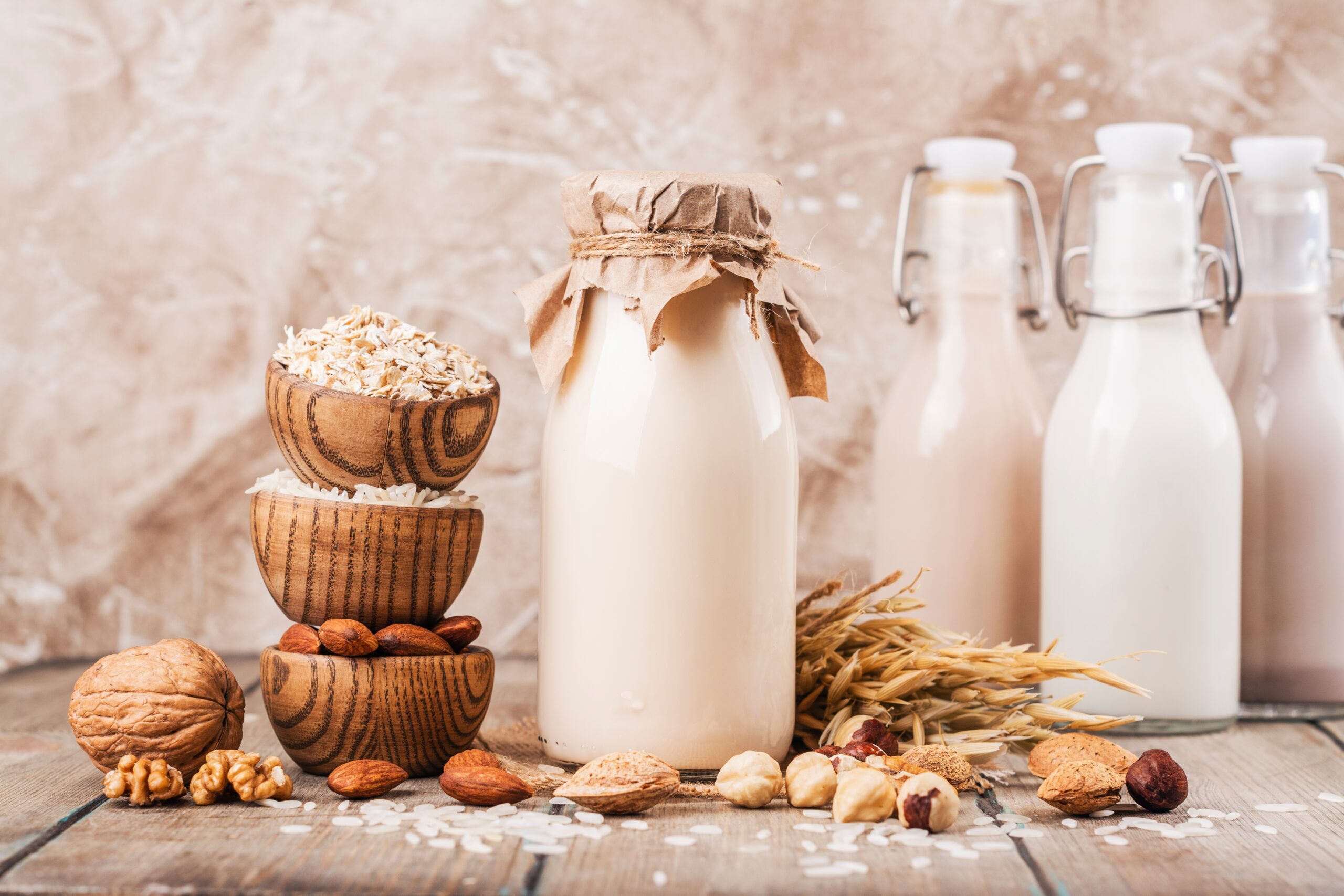Table of Contents

Plant-based milks outperform cow's milk in environmental impact, but fall behind in nutritional content, challenging consumers to balance health needs with ecological concerns.
At a Glance
- Plant-based milk production generates about one-third of the greenhouse gases compared to dairy milk and uses significantly less land and water
- Cow's milk generally offers superior nutritional profiles, particularly for protein, calcium, vitamin D, and other essential nutrients
- The plant-based milk market is booming, with U.S. sales reaching $2.6 billion in 2021, a 33% increase since 2019
- Soy milk stands out as the closest plant-based alternative to cow's milk in terms of protein content
- Environmental trade-offs exist among different plant milks, with almond milk having high water usage despite low emissions
The Growing Shift Toward Plant-Based Alternatives
The plant-based milk industry has experienced remarkable growth in recent years, with sales expected to more than double over the next decade from its current $20 billion valuation. This surge reflects changing consumer preferences driven by health concerns, environmental awareness, and ethical considerations. Approximately 75% of the global population experiences some degree of lactose intolerance, making plant-based alternatives an attractive option for many. The market responded with an impressive array of choices—from almond and oat to soy and pea protein—each offering unique benefits and flavor profiles that appeal to different consumer needs.
Sales figures highlight this significant shift in consumer behavior, with U.S. plant-based milk sales reaching $2.6 billion in 2021—a 33% increase since 2019. As one industry expert notes, this trend reflects deeper changes in consumer values. "Food industries have realized that consumers… want change," explains David McClements, a food scientist studying plant-based alternatives.
Dear Aubrey Plaza & @evilhag,
As a biomedical scientist who studies public health and the food system, I'm writing to express my profound disappointment regarding your involvement in the "#gotmilk" campaign.
I have had a positive memory of you from Parks and Rec, but… pic.twitter.com/catOAfz17x
— Dr. Faraz Harsini (@DrFarazHarsini) June 2, 2023
Environmental Impact: A Clear Advantage for Plant Milks
The environmental case for plant-based milks is compelling. Dairy production is resource-intensive, with significant land and water requirements. In 2015 alone, the dairy sector contributed approximately 1.7 billion metric tons of greenhouse gases, representing about 3% of all human-related emissions. By comparison, plant-based alternatives produce substantially fewer emissions—62-78% lower than dairy milk, according to multiple studies. This difference represents a significant opportunity for environmentally conscious consumers to reduce their carbon footprint through everyday choices.
However, not all plant-based milks are environmentally equal. Almond milk, despite its low greenhouse gas emissions, requires substantial water resources—though still less than dairy production. "Producing a litre of dairy milk requires about 70% more water than a litre of almond milk," notes Clare Carlile from Ethical Consumer. Oat milk generally offers excellent environmental credentials across multiple measurements, while pea protein milk is highlighted by researchers as particularly promising due to its minimal water footprint and low emissions, though it remains less widely available than other options.
Nutritional Considerations: Dairy's Strong Suit
Despite the environmental advantages of plant-based milks, cow's milk maintains a nutritional edge. Dairy milk naturally provides significant amounts of protein, calcium, vitamin D, phosphorus, and other essential nutrients in bioavailable forms. These nutrients are particularly important for growing children, older adults concerned about bone health, and people with specific nutritional requirements. The protein content in cow's milk—about 8 grams per cup—is difficult for most plant-based alternatives to match without significant fortification or processing.
Among plant-based options, soy milk offers the most comparable nutritional profile to dairy, containing similar amounts of protein and being the only plant milk approved by the USDA for child nutrition programs. "It's actually approved by the USDA in child nutrition programs and school meal programs as a substitute for dairy milk," explains Megan Lott, deputy director of healthy eating research at Duke University. Other plant-based milks vary widely in nutritional content, with some containing as little as 1 gram of protein per serving, making label-reading essential for health-conscious consumers.
Making Informed Choices
When choosing between plant-based and dairy milks, nutritionists recommend considering several factors. For plant milks, look for options with minimal added sugars (less than 10 grams per serving) and adequate fortification with calcium and vitamin D. However, be aware that the bioavailability of these added nutrients may differ from those naturally occurring in dairy. Some plant-based milks contain compounds like phytic acid that can inhibit nutrient absorption, while fortified calcium may not be absorbed as efficiently as that found naturally in dairy products.
Harvard professor Walter Willett suggests considering both health and environmental impacts in your decision: "It's important to look at everything through both a health lens and an environmental lens at this point in time." For many consumers, the ideal approach may be a mixed one, using different milk types for different purposes—dairy for growing children with high calcium needs, and plant-based options for adults concerned with environmental impact or specific health considerations like heart health. Ultimately, milk choice remains highly personal, depending on individual nutritional needs, environmental priorities, and taste preferences.
Sources:
https://www.sciencenews.org/article/milk-cow-alternative-plant-based-taste-sustainability-nutrition
AD
Most Recent
AD
